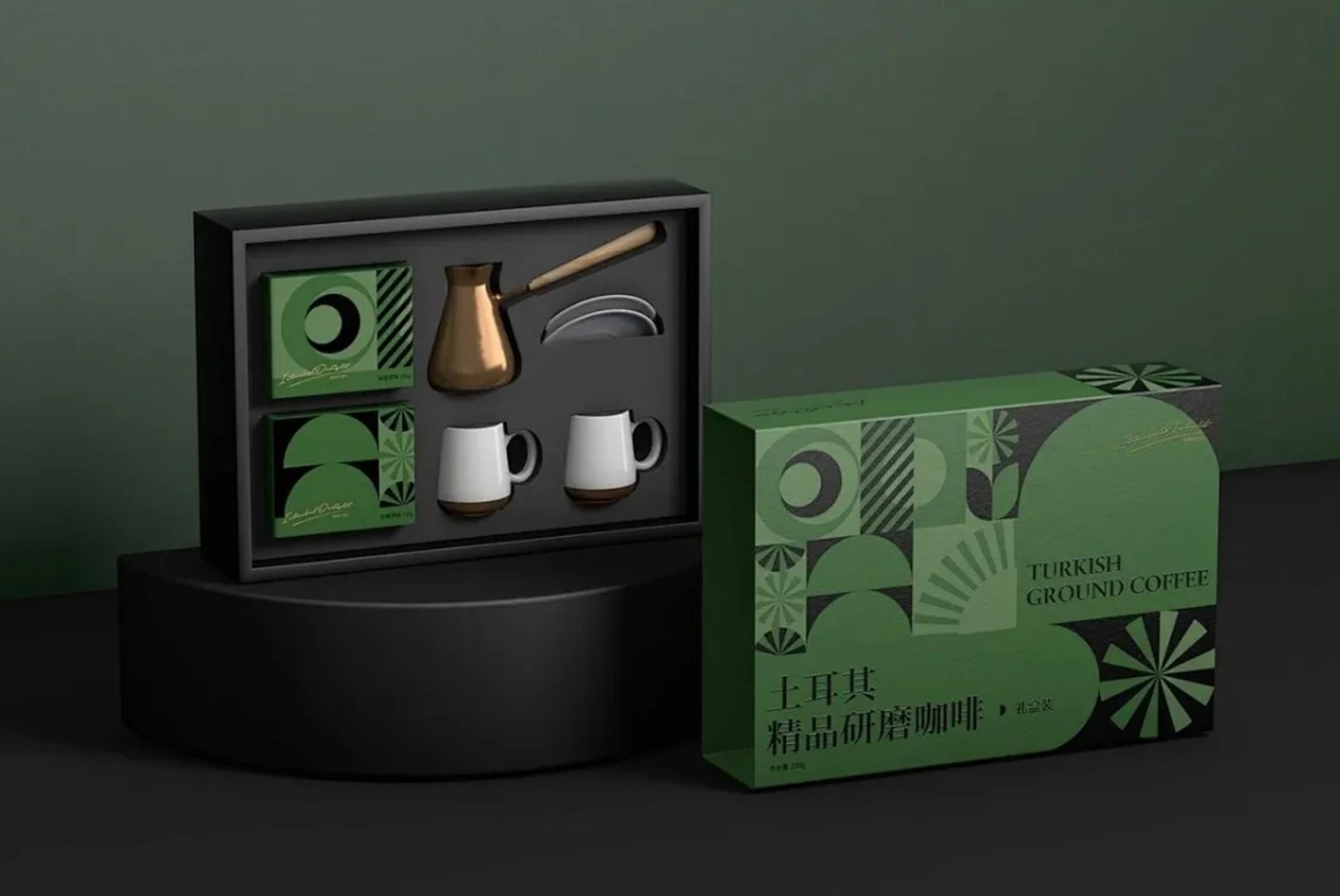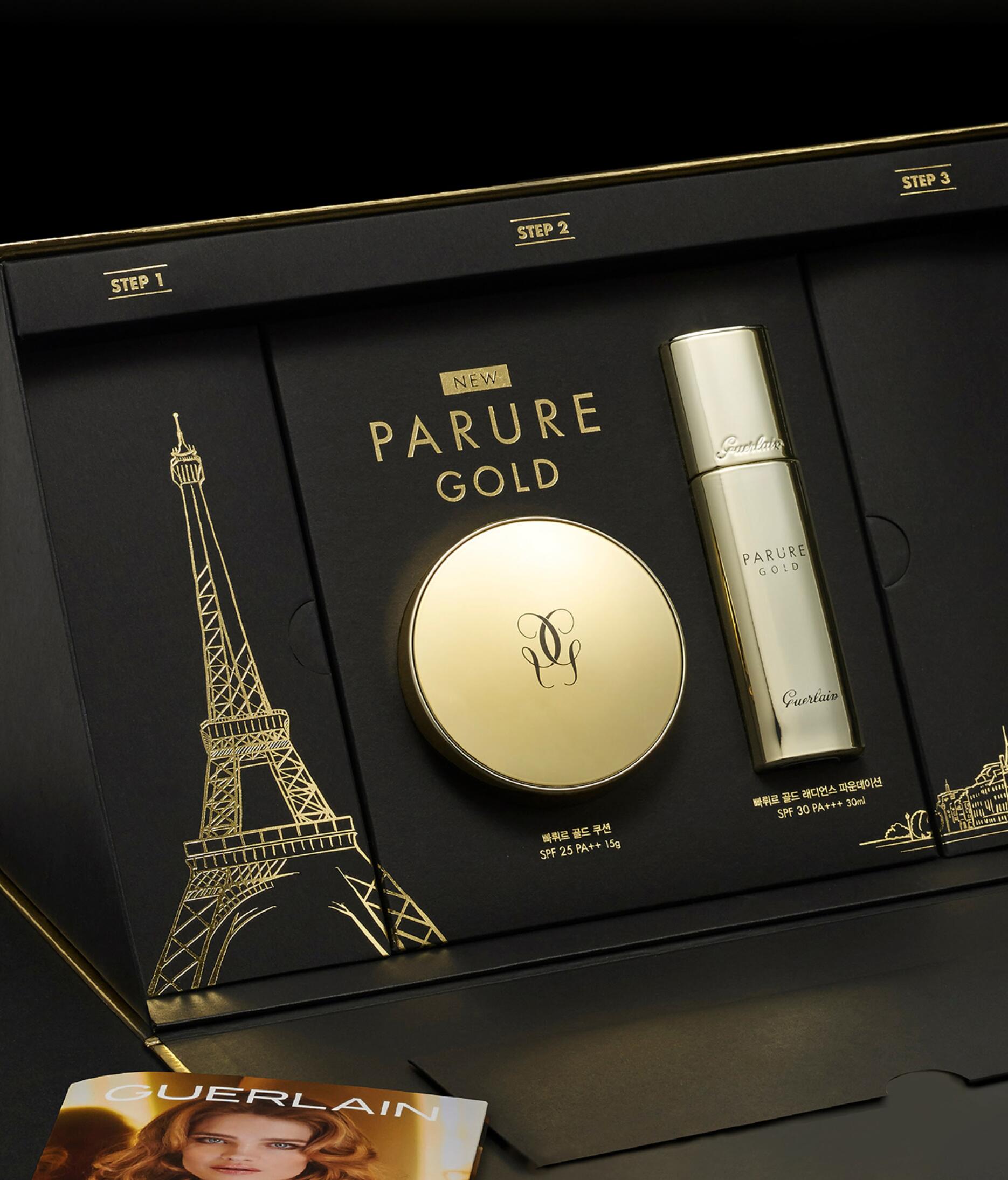Gift box packaging plays a crucial role in enhancing the overall presentation and protection of the contents inside. The inner structure of a gift box is designed to not
only secure the item but also add to the aesthetic appeal. Understanding the various types of inner structures can help businesses and individuals make informed
choices about how to package their products effectively. Here, we'll explore different types of inner structures, their advantages, and considerations for choosing the right one.

**1. Insert Trays**
Insert trays are one of the most common types of inner structures used in gift box packaging. These trays are often made from materials like cardboard, plastic, or foam
and are designed to hold items securely in place.
**Advantages:**
- **Customization:** Insert trays can be custom-designed to fit a wide variety of product shapes and sizes.
- **Protection:** They provide cushioning and prevent items from moving around, reducing the risk of damage during transport.
- **Aesthetic Appeal:** Trays can be designed with different colors and finishes to enhance the overall look of the gift box.
**Considerations:**
- **Cost:** Custom trays can be more expensive than standard options, especially for small quantities.
- **Environmental Impact:** Depending on the material used, insert trays can have varying degrees of environmental impact.
**2. Foam Inserts**
Foam inserts are particularly popular for packaging delicate or high-value items. They come in various forms, including polyurethane foam, EVA foam, and polystyrene
foam. These inserts are designed to cushion and protect the contents effectively.
**Advantages:**
- **Superior Protection:** Foam inserts provide excellent shock absorption and cushioning, which is crucial for fragile items.
- **Versatility:** They can be easily cut or molded to fit specific product shapes and sizes.
- **Lightweight:** Foam inserts are generally lightweight, which can help in reducing shipping costs.
**Considerations:**
- **Cost:** High-quality foam can be expensive, and the cost may increase with customization.
- **Environmental Concerns:** Many types of foam are not biodegradable, raising concerns about their environmental impact.
**3. Custom Molded Pulp**
Custom molded pulp is an eco-friendly alternative to plastic and foam. Made from recycled paper or cardboard, molded pulp can be formed into various
shapes to fit the product snugly.
**Advantages:**
- **Sustainability:** Molded pulp is biodegradable and made from recycled materials, making it a more environmentally friendly option.
- **Cost-Effective:** It is often less expensive than custom foam or plastic inserts.
- **Customization:** It can be molded into complex shapes to accommodate different products.
**Considerations:**
- **Durability:** Molded pulp may not provide as much protection as foam, especially for very delicate items.
- **Aesthetic Limitations:** While functional, molded pulp may not always offer the same level of visual appeal as other materials.
**4. Corrugated Dividers**
Corrugated dividers are used to separate different items within a gift box. Made from corrugated cardboard, these dividers can create compartments to organize
and protect multiple products.
**Advantages:**
- **Organizational Efficiency:** Dividers help in keeping items separate and organized, preventing them from rubbing against each other.
- **Cost-Effective:** Corrugated cardboard is relatively inexpensive and widely available.
- **Customizable:** They can be tailored to different sizes and shapes to suit various product arrangements.
**Considerations:**
- **Protection Level:** While corrugated dividers provide organizational benefits, they may not offer as much protection as foam or molded pulp.
- **Aesthetic Appeal:** They may not contribute significantly to the visual appeal of the gift box compared to more luxurious materials.

**5. Foam Padding**
Foam padding, often used in conjunction with other structures, provides an extra layer of protection. This padding can be placed around or beneath items to cushion them further.
**Advantages:**
- **Enhanced Protection:** Foam padding adds an additional layer of cushioning, which is useful for preventing damage during transit.
- **Versatility:** It can be used in combination with various other inner structures to enhance overall protection.
**Considerations:**
- **Cost and Space:** Adding foam padding increases the overall cost and takes up additional space within the gift box.
**Conclusion**
Selecting the right inner structure for gift box packaging involves balancing protection, cost, environmental impact, and aesthetic appeal. Each type of inner structure has
its own set of advantages and considerations. For delicate items, foam inserts or padding might be the best choice, while eco-conscious options like molded pulp offer sustainability.
Custom molded trays and corrugated dividers provide organizational benefits and can be tailored to specific needs. By understanding the different types of inner structures, businesses
and individuals can make informed decisions to ensure their gift packaging meets their requirements effectively.





